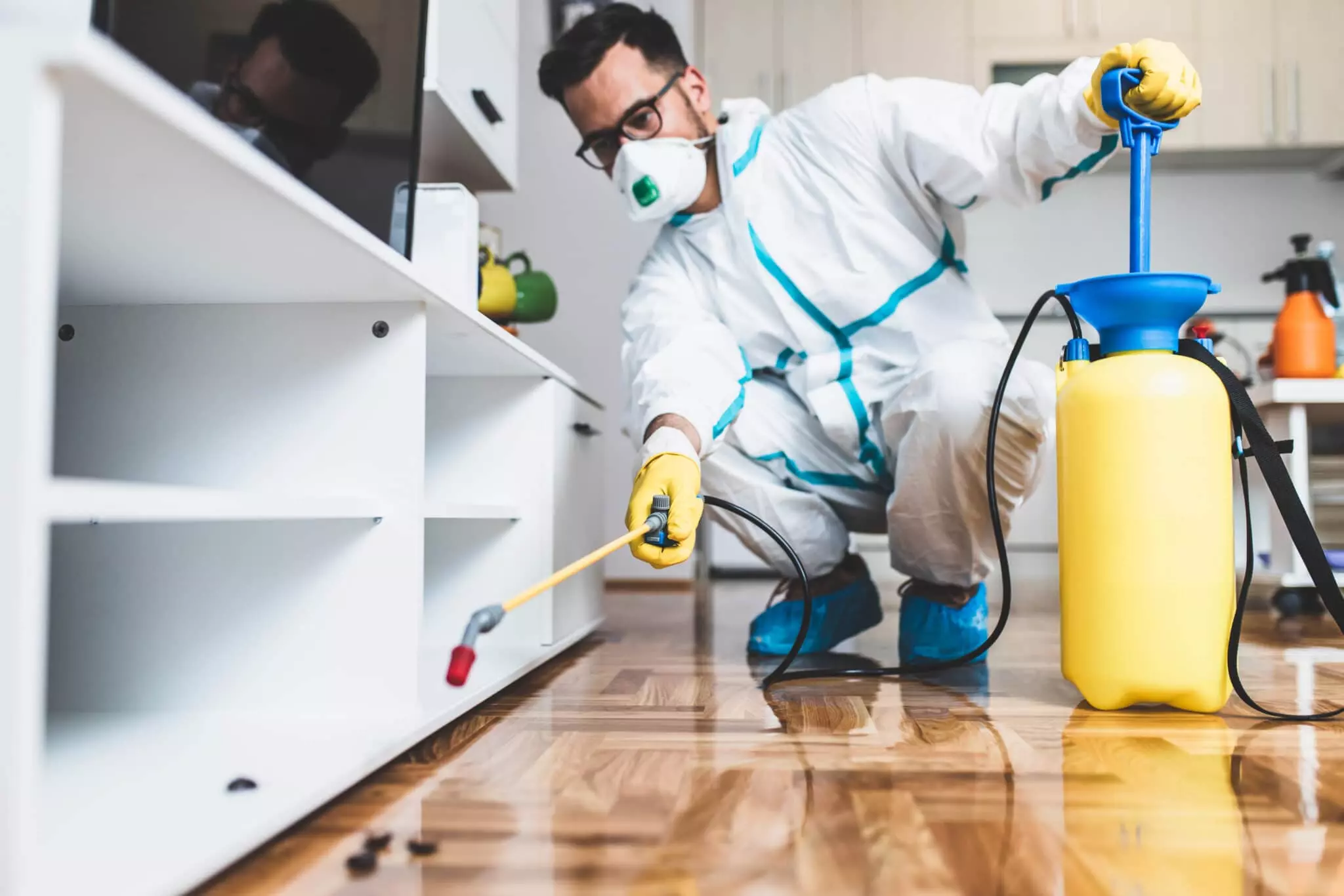Bed Bug Therapy Failure: Contrasting Chemical Vs. Non-Chemical Solutions
In the realm of bug control, specifically when dealing with the consistent problem of bed insects, the choice in between chemical and non-chemical therapy services can be a critical one. Both techniques use distinctive advantages and drawbacks, influencing elements such as performance, safety factors to consider, and overall price. By checking out the nuanced information of each approach, a clearer understanding of which course to pursue in dealing with a bed insect problem can be achieved.
Efficiency of Chemical Therapies
Chemical therapies for bed pest infestations have been commonly identified for their potent and rapid effectiveness in eradicating these pests. When taking into consideration the effectiveness of chemical therapies, it is vital to comprehend that they can provide a quick and detailed option to a bed insect problem.
Additionally, chemical treatments have the benefit of offering residual results, suggesting that they can remain to get rid of bed bugs also after the preliminary application. This recurring activity is particularly helpful in combating any type of prospective re-infestations. Additionally, the quick activity of chemical treatments can bring relief to people encountering severe bed pest problems, enabling them to regain control of their home promptly.
Safety Concerns With Chemical Solutions
One crucial aspect that needs careful factor to consider when utilizing chemical solutions for bed bug treatment is guaranteeing the security of owners and the atmosphere. While chemical therapies can be effective in getting rid of bed insects, they may posture risks if not taken care of correctly. One of the key safety worry about chemical services is the potential injury they can trigger to human health. Direct exposure to specific chemicals made use of in bed pest treatments can cause respiratory issues, skin irritability, or other adverse reactions, especially in individuals with pre-existing conditions or sensitivities. Furthermore, incorrect application or dosage of chemical pesticides can result in harmful deposits sticking around in the cured location, positioning lasting wellness threats to passengers.
Furthermore, the environmental effect of chemical remedies is an additional substantial factor to consider. Some pesticides made use of in bed pest treatments may be hazardous to beneficial pests, wild animals, and ecological communities if they seep into the dirt or water supply. It is necessary to make use of chemical treatments sensibly, adhering to safety guidelines, and thinking about less hazardous choices to minimize these dangers and make sure the effective and risk-free administration of bed pest invasions.
Advantages of Non-Chemical Techniques
Considering the prospective safety issues and environmental effect connected with chemical options for bed bug therapy, checking out non-chemical techniques offers an appealing option with several unique advantages. Non-chemical treatments are ecologically friendly, as they do not contribute to air or water contamination, making them a sustainable choice for parasite control.
In addition, non-chemical options can be efficient in targeting bed insects, consisting of hard-to-reach areas where chemical treatments might not permeate. Techniques such as heat treatment, vacuuming, steam cleaning, and bed mattress coverings provide complete obliteration without making use of hazardous chemicals. Moreover, non-chemical strategies can be much less disruptive, this hyperlink calling for minimal prep work and permitting quicker reentry right into treated areas. On the whole, choosing non-chemical bed pest therapy methods not only focuses on security and ecological defense however additionally ensures thorough and effective insect control.
Limitations of Non-Chemical Treatments

Furthermore, non-chemical treatments often need multiple applications to attain effective eradication. This can be lengthy and might not always guarantee total removal of all bed insects and their eggs, especially in hard-to-reach or concealed areas.
In addition, the success of non-chemical therapies greatly counts on appropriate implementation and thoroughness, which can be challenging for people without residential pest control company expert knowledge. Poor application of non-chemical techniques might lead to insufficient eradication, resulting in persistent infestations and the need for additional therapies.
Therefore, while non-chemical treatments have their benefits, it is necessary to recognize these restrictions and consider them when identifying the most effective method for taking care of bed pest problems.
Price Comparison: Chemical Vs. Non-Chemical Options
Provided the restrictions related to non-chemical therapies, a vital facet to assess in the context of bed insect management is the cost comparison between chemical and non-chemical choices. Chemical therapies generally entail the application of pesticides by specialists, which can vary from $250 to $900 per area, depending on the extent of the infestation and the size of the area to be treated. On the other hand, non-chemical treatments like warm therapy or heavy steam can be much more expensive, with costs varying from $1,000 to $6,000 for an entire home. While the preliminary cost of chemical treatments may seem lower, multiple treatments may be what is pest control at home called for to completely remove the infestation, potentially enhancing the general cost. On the various other hand, non-chemical alternatives might supply a more sustainable and environmentally friendly option, although they can be cost-prohibitive for some people. Eventually, when taking into consideration the expense of bed bug treatment choices, it is essential to consider the upfront expenditures versus the performance and long-lasting sustainability of the selected method.
Verdict

Thinking about the possible security problems and ecological effect connected with chemical options for bed pest therapy, discovering non-chemical techniques offers an appealing alternative with a number of distinctive advantages.Given the restrictions connected with non-chemical therapies, an essential element to evaluate in the context of bed insect monitoring is the cost contrast between chemical and non-chemical alternatives. In comparison, non-chemical treatments like warmth treatment or steam can be a lot more pricey, with prices varying from $1,000 to $6,000 for an entire home. While the initial cost of chemical therapies might seem lower, numerous treatments may be called for to totally eliminate the infestation, potentially enhancing the general expense.In conclusion, when comparing chemical and non-chemical bed bug therapy choices, it is essential to consider efficiency, safety and security, advantages, limitations, and cost.